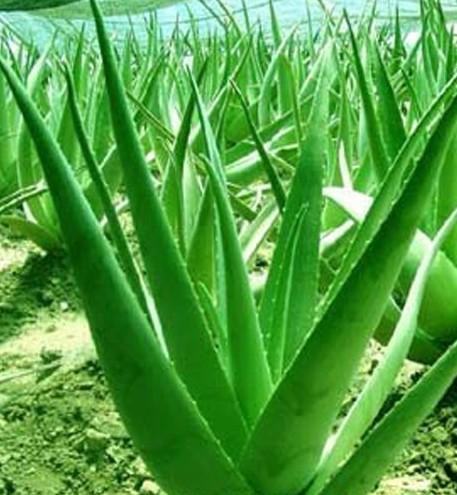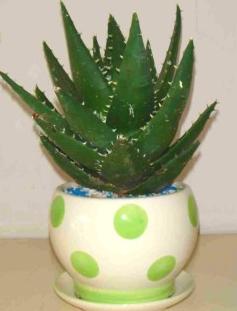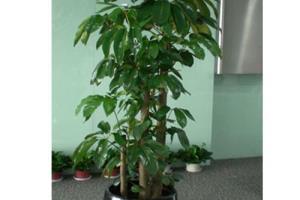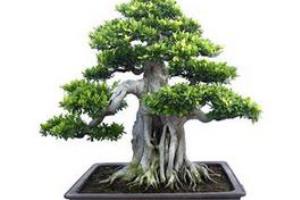Culture method of Aloe Vera (Picture)
Landscaping and conservation of aloe vera is a perennial evergreen succulent herb of Liliaceae. The leaves are fascicled, seated or born at the top of the stem, often lanceolate, with sharp-toothed spines on the margin. Inflorescences are umbrella-shaped, racemose, spike-shaped, conical, etc., red, yellow or with red spots, originating in Africa, along the Mediterranean coast and other places. Like the sun and warm and humid environment, not cold-resistant, drought-resistant, high-temperature resistance. Loose, fertile, well-drained soil is required.

1. How can aloe grow healthily?
Aloe vera grows fast, so it is appropriate to change the basin every spring. The basin soil can be cultivated with 4 parts of river sand, 3 parts of garden soil and 3 parts of rotten leaf soil, and a small amount of bone powder is applied as base fertilizer at the bottom of the basin, so there is no need to apply fertilizer at ordinary times. Except that sufficient watering is needed in summer and water is often sprayed on the leaf surface, watering should be properly controlled in other seasons, otherwise potting soil is easy to cause stem and leaf rot. Aloe likes light and grows healthily when exposed to direct sunlight in spring and autumn. The second season moved to a well-ventilated semi-shade. It is appropriate to keep sufficient light in winter and room temperature not less than 10 ℃.

two。 How to reproduce aloe?
Aloe vera is easy to survive if it is propagated by individual plants or cuttings. Ramet combined with early spring pot change, carefully knock the original plant out of the basin, cut off the root seedlings and put them on the pot. The cuttings were cut from the top of the old plant and dried in semi-shade for 1-3 days, and then inserted into sand or frogstone after the incision was dry. About 3 weeks later, the cuttings could take root.
Related
- Wuhan Hospital Iron Tree Blooming Result Was Instantly Frightened by the Gardener Master
- Which variety of camellia is the most fragrant and best? Which one do you like best?
- What is the small blue coat, the breeding methods and matters needing attention of the succulent plant
- Dormancy time and maintenance management of succulent plants during dormancy
- Minas succulent how to raise, Minas succulent plant pictures
- What are the varieties of winter succulent plants
- How to raise succulent plants in twelve rolls? let's take a look at some experience of breeding twelve rolls.
- Attention should be paid to water control for succulent plants during dormant period (winter and summer)
- Watering experience of twelve rolls of succulent plants
- Techniques for fertilizing succulent plants. An article will let you know how to fertilize succulent plants.



